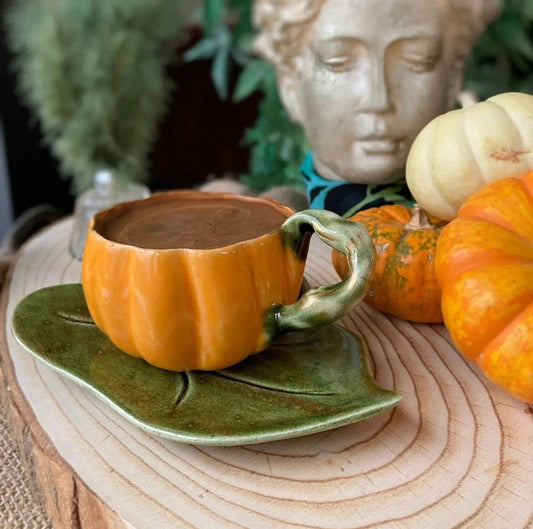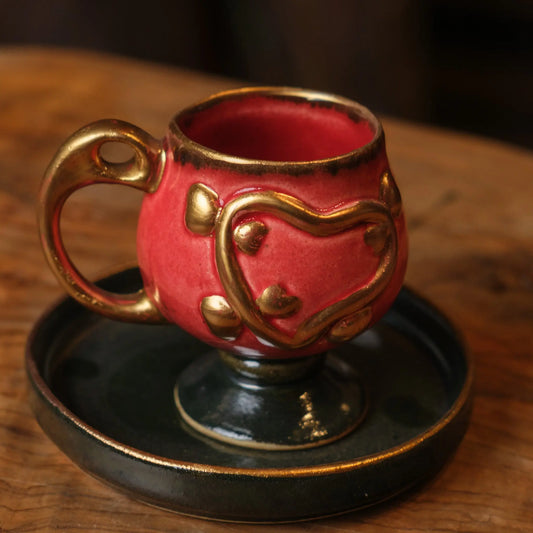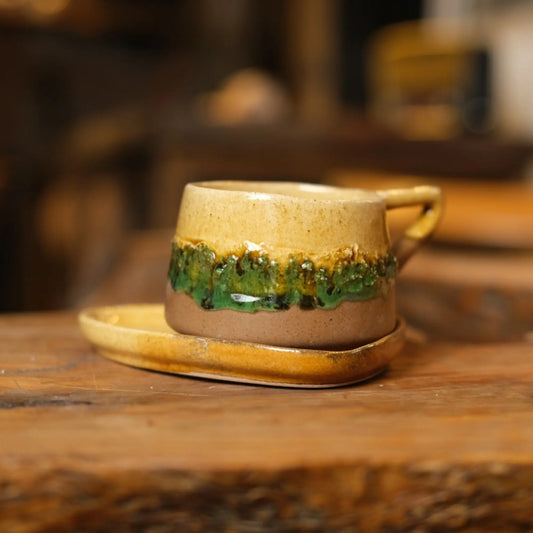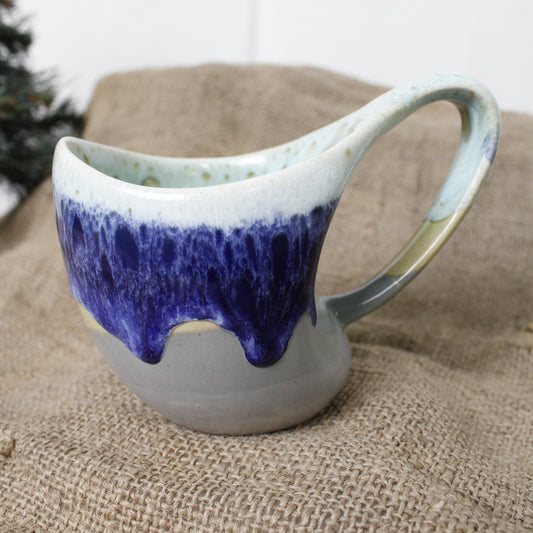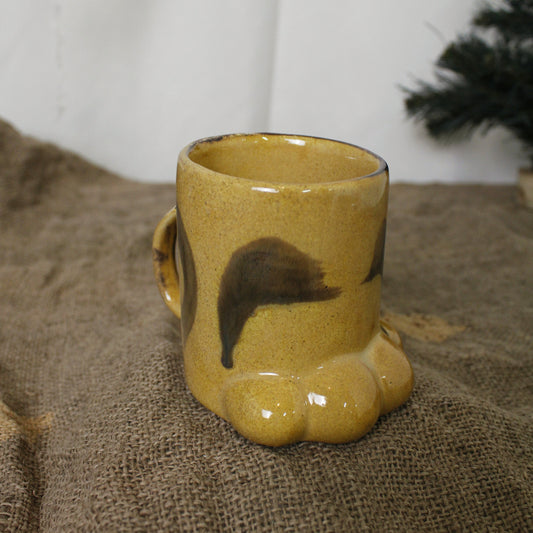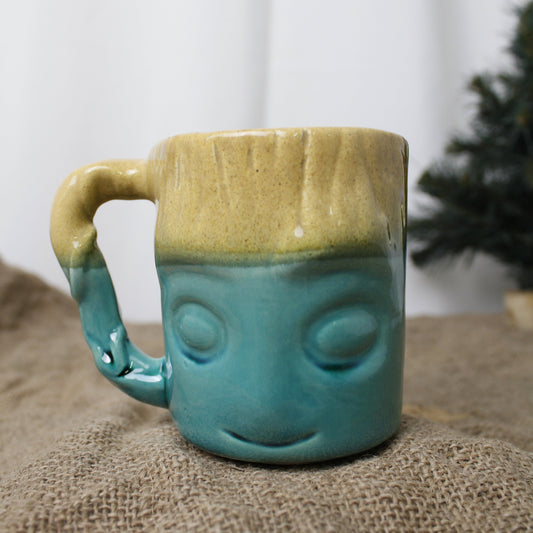What Should You Pay Attention to When Choosing Ceramic Clay?

One of the most important questions you will encounter when entering the world of ceramics is, "What clay should I work with?" If you are confused about this, don't worry; we have all been there. Whether you are new to ceramics or an artist with years of experience, choosing the right clay is a really important decision. Let's make this process more understandable together.
1. What is the Temperature Range of Your Oven?
When choosing clay, you should first know your oven. The maximum temperature capacity of your oven plays a big role in determining the type of clay you can use. In general, clay types are divided into three temperature groups:
- Low Temperature (950-1100°C): Red or white ceramic clays.
- Medium Temperature (1180-1220°C): Usually stoneware clays.
- High Temperature (1250-1300°C): Porcelain clays.
It is important that the clay you will work with and the glazes you will use mature in the same temperature range so that you can achieve the desired result.
2. What type of ceramic products do you plan to make?
The type of ceramics you plan to make also plays a big role in your clay selection. If you are new to ceramics and want to start with simple products, ceramic clays can be a great option for you. Ceramic clays are generally preferred for items such as sculptures, decorative objects and pots rather than tableware.
If you want to make more durable and waterproof items, stoneware clays are a good choice, while porcelain is known for its high-heat firing and translucent texture, but can be a bit challenging for beginners.
The size and appearance of your products can also affect your clay selection. Chamotte clays are more suitable for large and heavy products, while smooth plastic clays can be preferred for smaller and more detailed works.
3. What equipment do you work with?
The equipment you will be working with is also an important factor when choosing clay. There are different types of equipment such as a freeform, potter's wheel or a slab forming machine, and each works better with different types of clay. The size and temperature range of your kiln can also affect your clay selection.
Ceramic Tools That Beginners Should Buy
4. Ready-made Mud or Your Own Mud?
If you are new to ceramics, ready-made vacuum-packed clays can be a great starting point for you. However, if you are more experienced and want to make your own mixture, this can provide both economic and artistic advantages. By making your own clay, you can obtain the clay that best suits your needs and style.
Which Clay Should You Start With in Ceramic Art?
5. Mud Selection by Trial and Error Method
The most effective way to choose clay is through trial and error. By working with a few different clays, you can discover which clay works best for you. During the trial period, take notes on your work with each clay and use these experiences to determine which clay gives you the best results.
With love,
Gulsum




